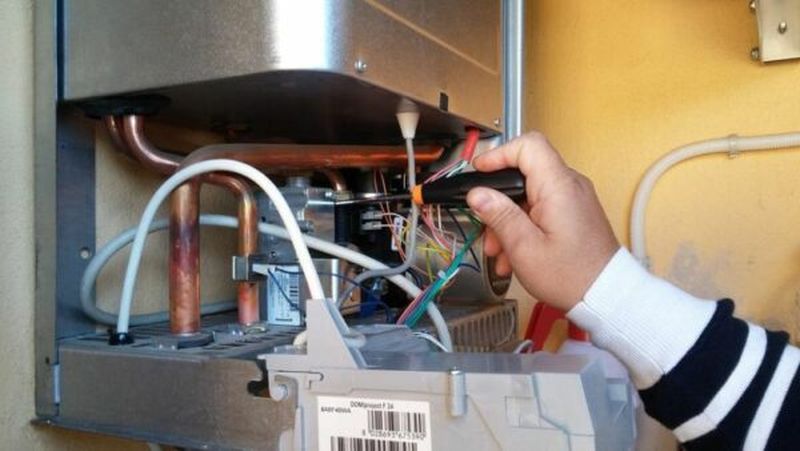HVAC is a term thrown around all the time, but most of us don’t know what it means. We understand the basic concept of heating and cooling our homes. But let’s dive deeper into this industry to see how HVAC works, what it does for us, and why we should consider hiring professional services if something goes wrong.
Heating Repair
Heating repair is the process of repairing a heating system. The most common heating repair includes replacing broken parts, cleaning the ducts, and updating electrical wiring.
When you’re sick of being cold, your first instinct might be to take matters into your own hands by doing some DIY HVAC repair. That could be fine if you know what you’re doing, but we recommend hiring a professional. There are several reasons why:
- HVAC professionals have been trained to work safely with high-voltage systems that could cause injury or death if misused.
- They have access to specialized tools not available to consumers, such as infrared cameras that can detect hidden leaks or defects in your system without tearing apart walls or ceilings (or spend hours sweeping dust bunnies out from under the sofa).
- They know how different heating systems work, so they can ensure all components work together correctly before making any repairs. Rather than guessing at what might be causing problems based on anecdotal evidence like “the temperature doesn’t seem right” or “the thermostat isn’t working right anymore.”
Furnace Repair
Furnaces, like all HVAC systems, are composed of several parts. These include:
- The blower motor pumps air through the ducts and registers to warm your home.
- A filter or two to remove dust particles
- An igniter that lights the burners when you turn on your thermostat
These components are what make up a furnace—and they’re also the most likely to break. While a broken furnace doesn’t necessarily spell disaster for homeowners (you can always bundle up), it does mean paying for expensive repairs and could lead to carbon monoxide poisoning if left unchecked.
Heating
Your heating system is the device that provides heat to your home. It’s often an electric or gas furnace but can also be an oil-fired boiler. Not all houses have central heating systems, but any house with more than one room should have some heating unit.
Professionals install heating systems and often come with warranties for parts and labor. If you do not know how to install a heating system, hire a professional contractor who specializes in this sort of thing.
Ventilation
Ventilation is changing the air in a space to control temperature, remove odors, and control moisture. Natural ventilation relies on moving air through open windows and doors to increase fresh air flow. Forced ventilation is most commonly used in buildings to supplement natural ventilation. Both fans use the principle of moving air inside a building to freshen it with oxygen-rich air from outside.
Air Conditioning
Air conditioning, or AC, is the process of removing heat from a building. Typically this is done by using refrigerant-based systems that extract heat from an indoor space and expel it outside via a fan. Air conditioning allows people to enjoy comfortable home temperatures during the hot summer. However, AC isn’t just for cooling buildings—you can also use an air conditioner to cool your car.
Other Cool Things HVACs Can Do
HVACs do more than just heating and cooling your home. They also control your home’s temperature, humidity, and air quality. HVACs are an essential part of your home’s infrastructure. If you have central ventilation, it will keep the air in your house from getting stale or too humid. It’ll also ensure fresh air, even if a window AC unit is installed.
Article Submitted By Community Writer




